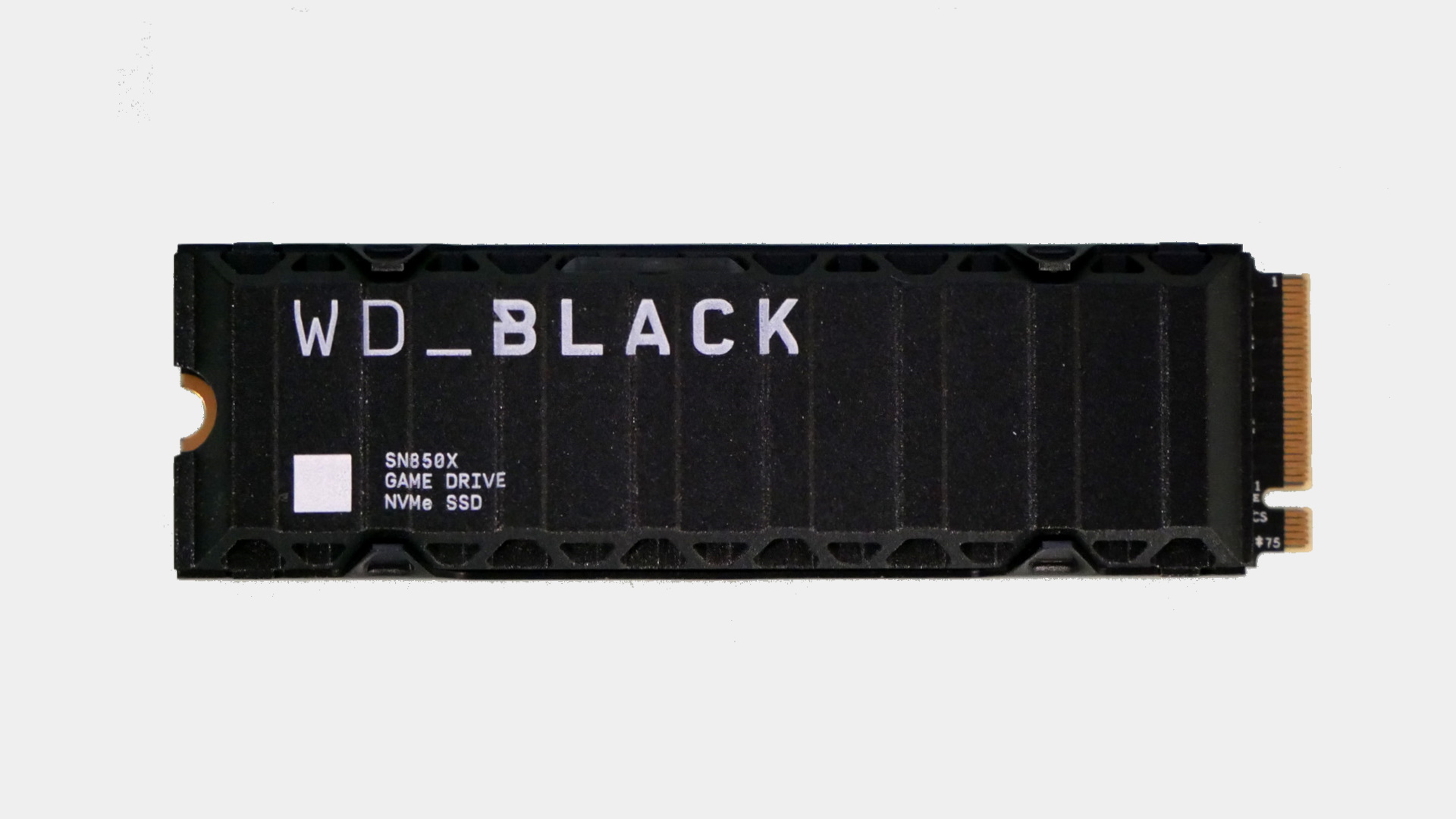Our Verdict
WD’s Black SN850 was already one of our favourite M.2 SSDs. This new WD Black SN850X isn’t a revolutionary step forward by most measures. It’s even a little disappointing when it comes to 4K random access performance. But it is all the PCIe Gen 4 SSD you’re ever likely to need and it does solve the old SN850’s one slight flaw, namely toasty operating temperatures.
For
- Runs much cooler
- Great all-round performance
- All the Gen 4 SSD you’ll ever need
Against
- Not a major step forward
- No real gains in 4K random performance
- Heat sink adds cost
PC Gamer's got your back
The arrival of the new Ryzen 7000 CPU family means that PCIe Gen 5 is now a thing on both AMD and Intel platforms. But let’s be real. Your current PC almost certainly doesn’t have a PCIe 5.0 M.2 slot. Enter, therefore, the new WD Black SN850X, something of a last hurrah for Gen 4 SSDs.
Reviewed here in its 1TB configuration, the WD_Black SN850X isn’t exactly a brand new drive, more a revision of the existing WD_Black SN850 non-X. Which is no bad thing. After all, the plain old SN850 was one of our fave M.2 SSDs. It’s fast, it’s competitively priced, and it’s backed by one of the best brands in storage. The old SN850, however, did run a little hot.
The new WD Black SN850X has a few solutions for that. First, our review configuration is clad head-to-toe in WD’s signature armour-style cooling. If that cooling solution has been optionally available on the old SN850, the new drive's revised thermal profile WD hasn’t. That’s specific to the SN850X.
Of course, if your motherboard comes with its own M.2 SSD cooling kit, you may not want to pay extra for a self-cooled SSD. Handily WD can cater for that. The new X model, like its forebear, can be had both with and without a heatsink, the latter option usefully coming in around $30/£25 cheaper.
Indeed, in many regards, this new X model is a dead ringer for the existing SN850. We’re talking four lanes of PCIe Gen 4 connectivity in the now ubiquitous M.2 2280 form factor. But the 1TB model reviewed here is now the entry-level option. There’s no longer a 512GB model. What’s more, WD’s in-house controller chip has been revised, though detailed specifics aren’t provided.
The drive’s TLC flash memory chips have likewise been upgraded from 96-layer TLC chips to newer 112-layer tech, though that’s still some way behind the fancy new 176-layer NAND from the likes of Micron and SK Hynix. Nevertheless, the new SN850X sports a higher claimed performance than before. So, the question is whether it now has what it takes to compete with Gen 4 speed freaks like the SK Hynix Platinum P41.
For this 1TB model, WD reckons that write speeds have been bumped from 7,000MB/s to 7,300MB/s, while reads take a bigger leap from 5,300MB/s to 6,300MB/s. That’s very much in the same ballpark as the SK Hynix drive. Moving on to IOPS, the old 1TB SN850 notched up a claimed 1M reads and 720K writes. WD says the revised X model is now good for 1.1M and 800K respectively. Not bad, though the SK Hynix cranks out 1.4M and 1.3M read and write IOPS.
As for write endurance, this 1TB drive is rated at 600TB and thus the same as both the old non-X and several other big-brand 1TB drives like the Samsung 980 Pro, albeit the SK Hynix monster inevitably has the edge with a 750TB rating. In reality, you’re getting hundreds of gigabytes of writes daily for five years plus, either way.
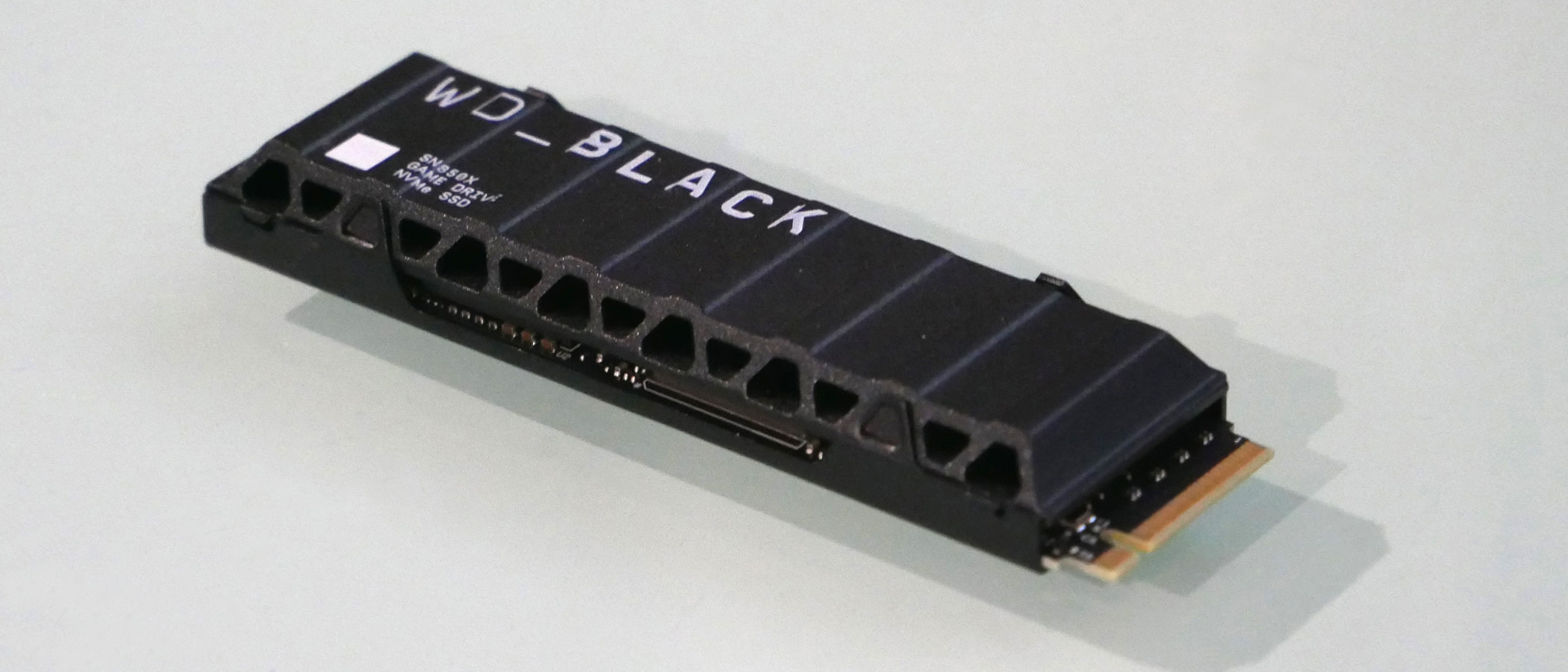
Rather more specific to this WD drive is the latest 2.0 version of the company’s Game Mode drive management software. WD claims it improves game loading times courtesy of a so-called “read look-ahead” algorithm, which predictively caches game data. It now runs automatically, detecting when games are loaded. How much that kind of feature actually makes a difference in the real world is notoriously difficult to pin down. But it’s unlikely to be revolutionary.
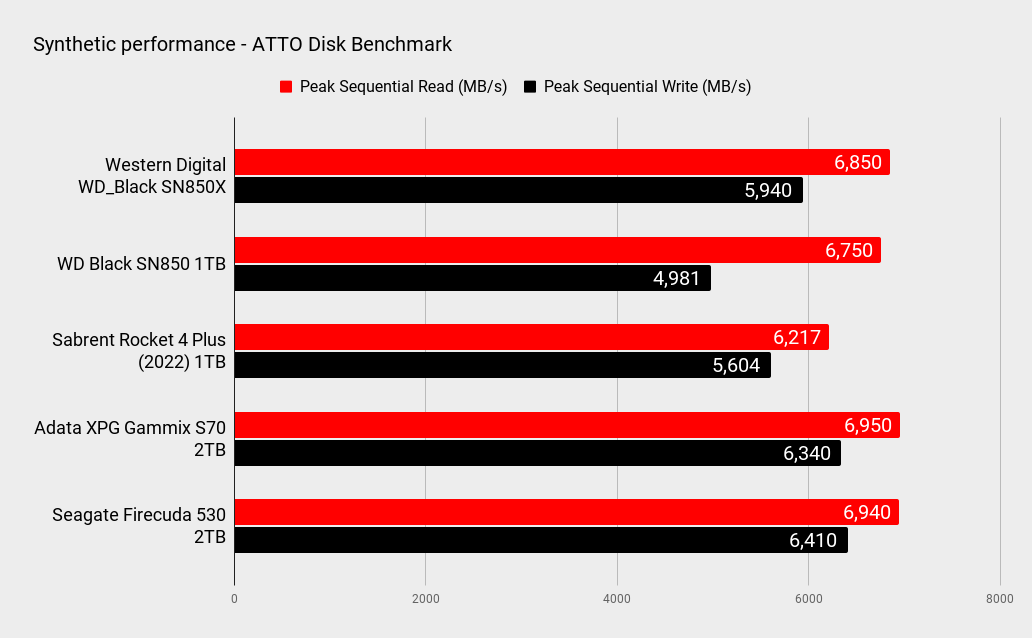
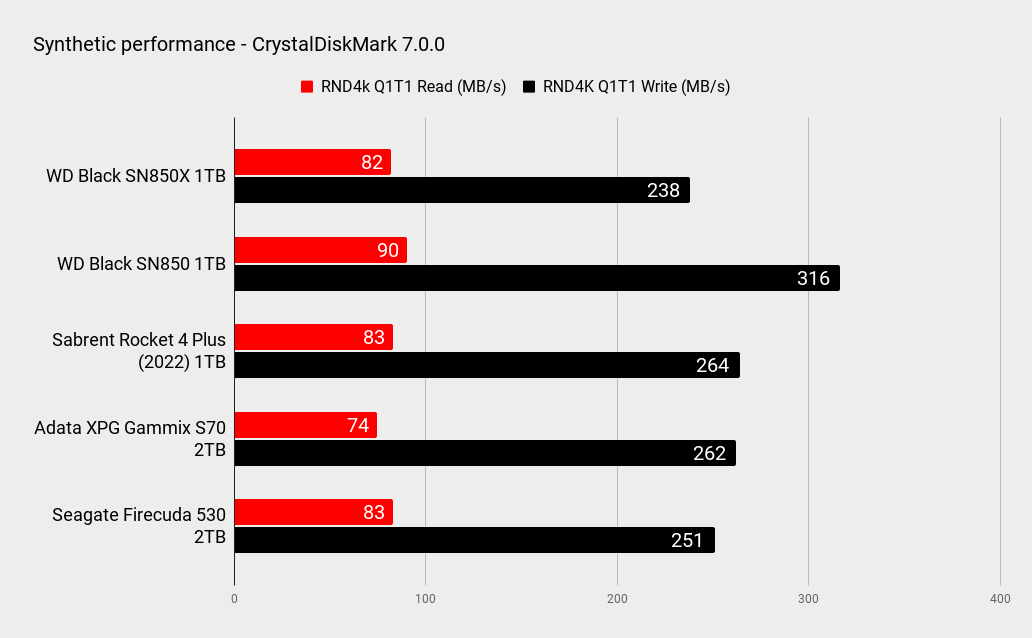
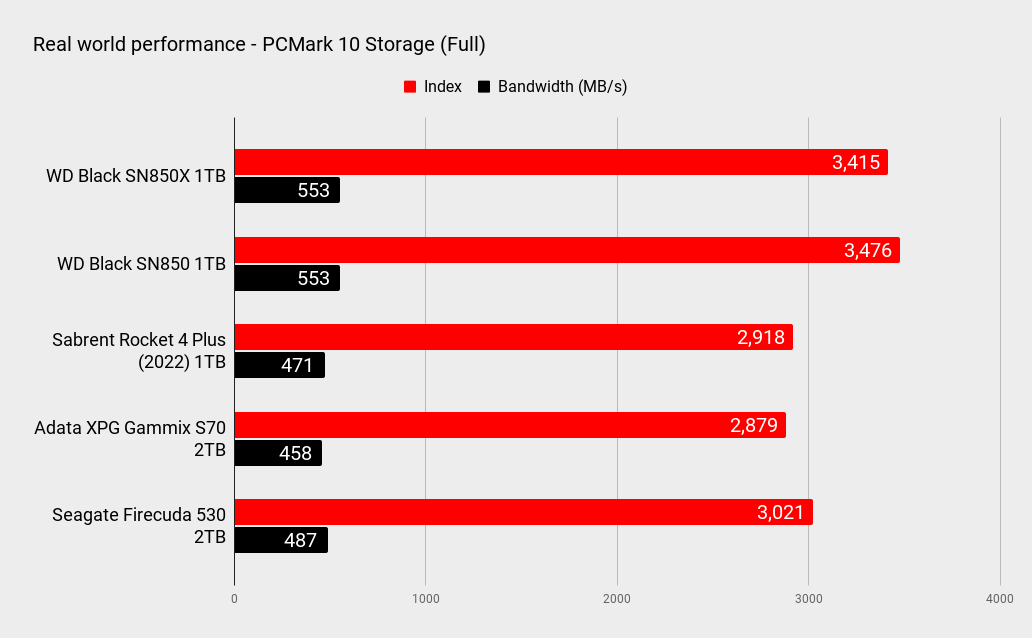

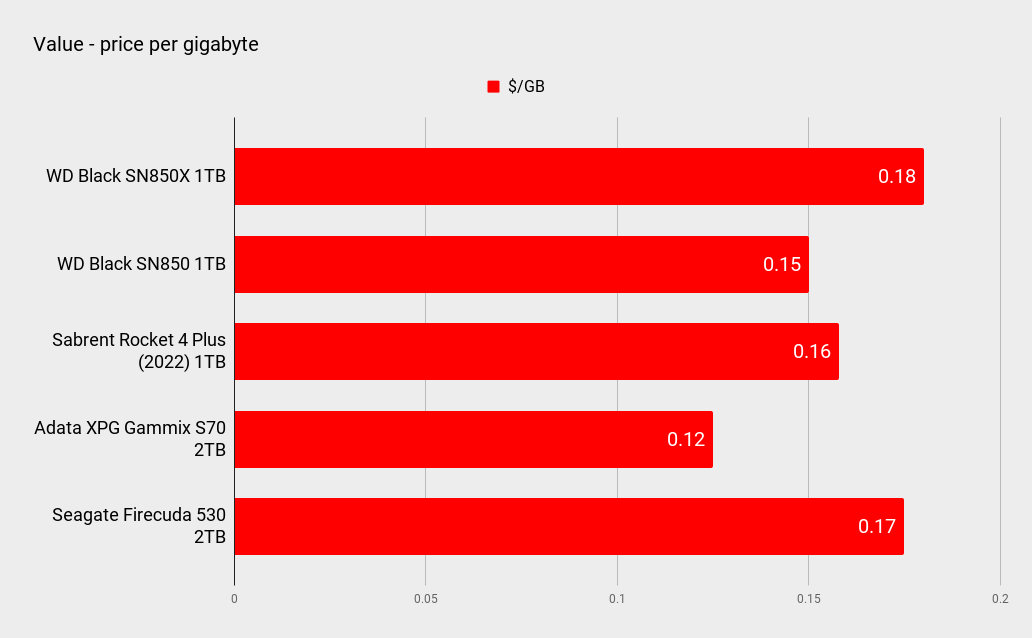
What we can say for sure is that peak sequential throughput is pretty much in line with WD’s numbers. The CrystalDiskMark results are therefore just over the claimed 7,300MB/s for reads and likewise clear of 6,300MB/s for writes, making this a very quick 1TB drive. Only 2TB models, including the aforementioned SK Hynix P41, are quicker.
Reduced operating temps are another clear benefit of this new drive. The old SN850 hit a toasty 77°C. The new drive hits just 58°C under sustained load. That’s a very worthwhile improvement. Elsewhere, the gains are less obvious, albeit the SN850 was already a great drive. The 4K random access results are a little disappointing, showing little to no improvement. Likewise, don’t expect big gains in system-wide measures of performance like PC Mark 10.
Finally, the new SN850X’s SLC cache allocation hasn’t changed. So, with an empty drive, you get around 300GB’s worth of writes at peak performance before the underlying performance of the TLC NAND chips is exposed. That should be enough for most if not all users.
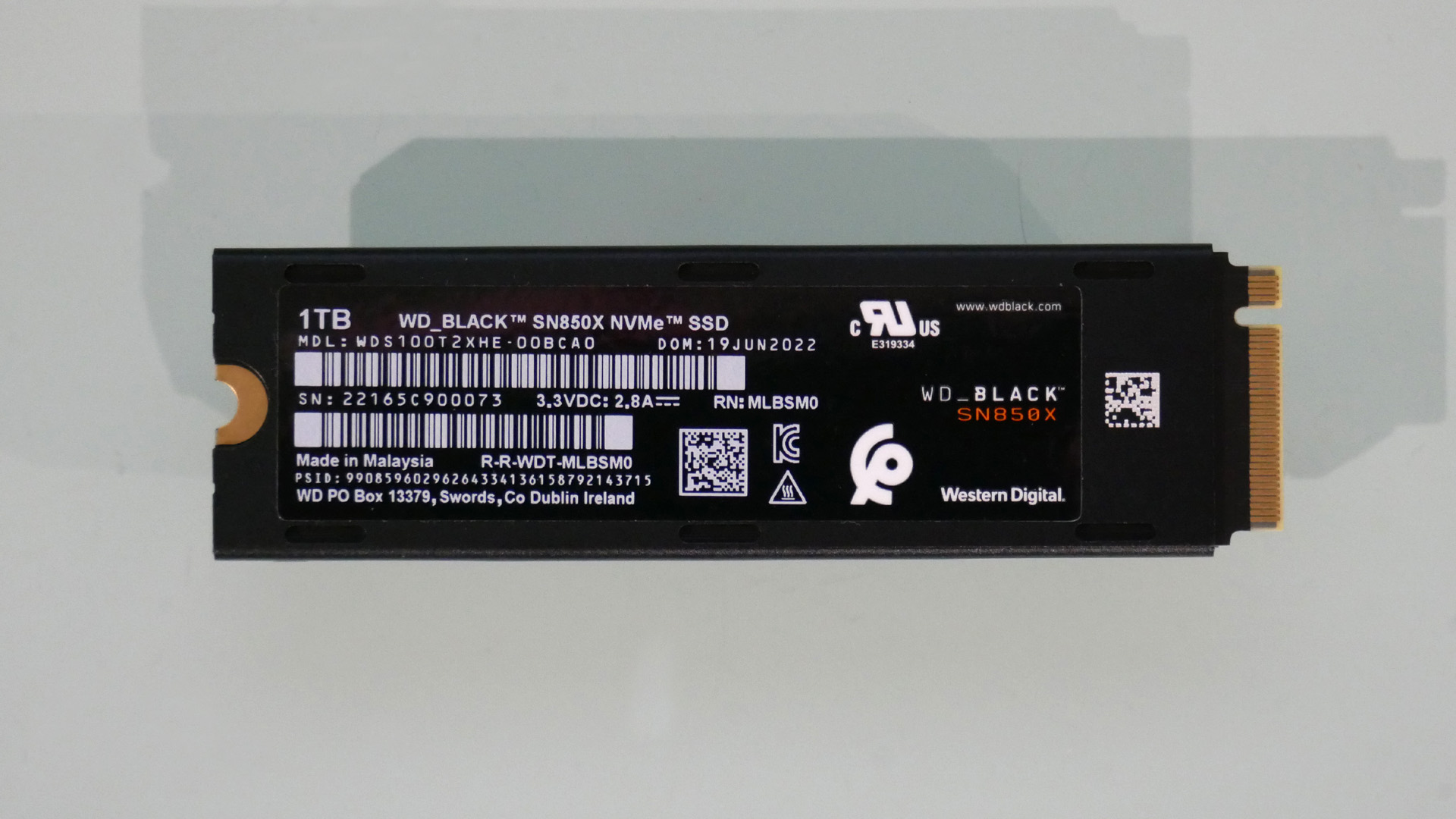
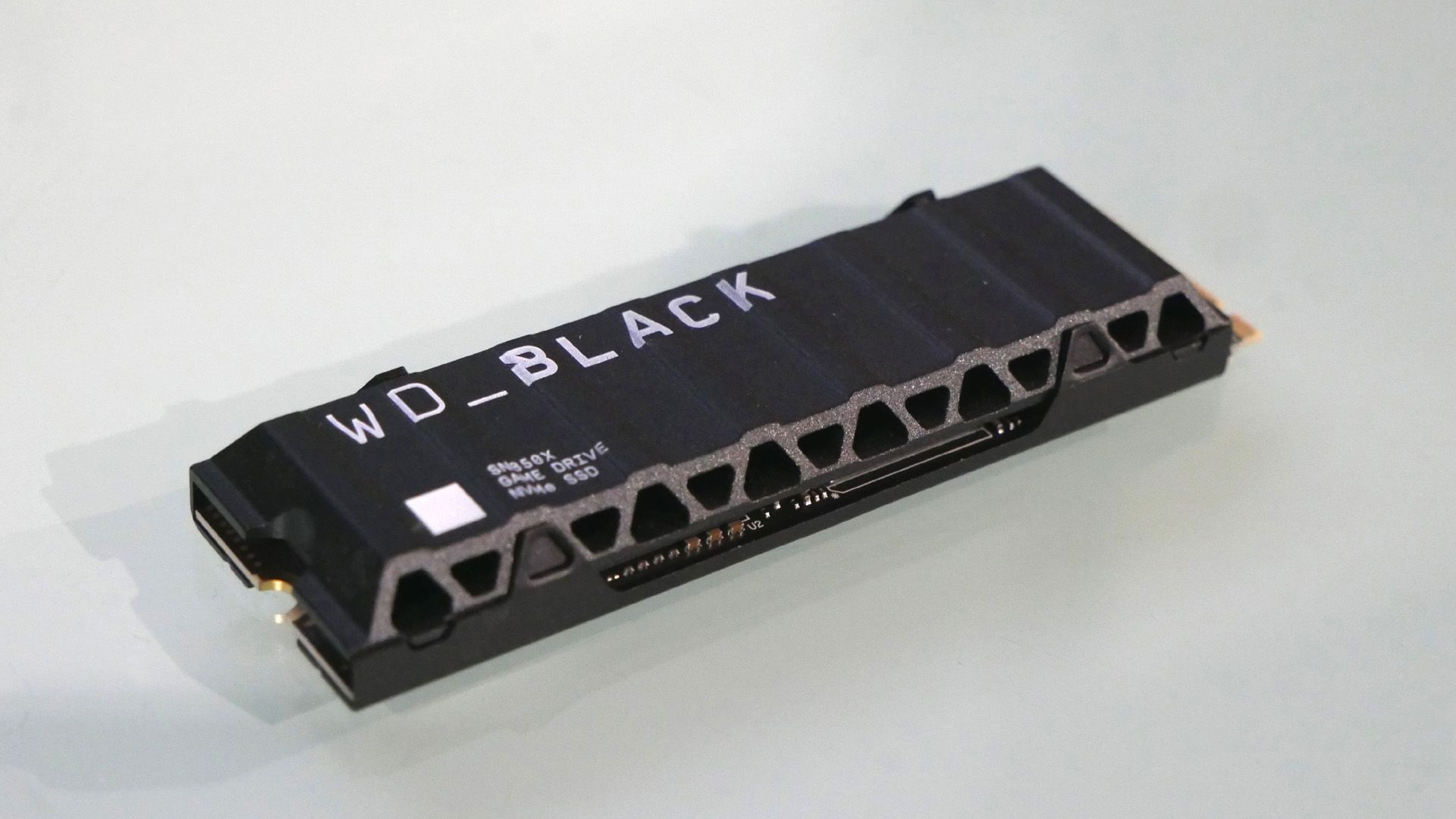
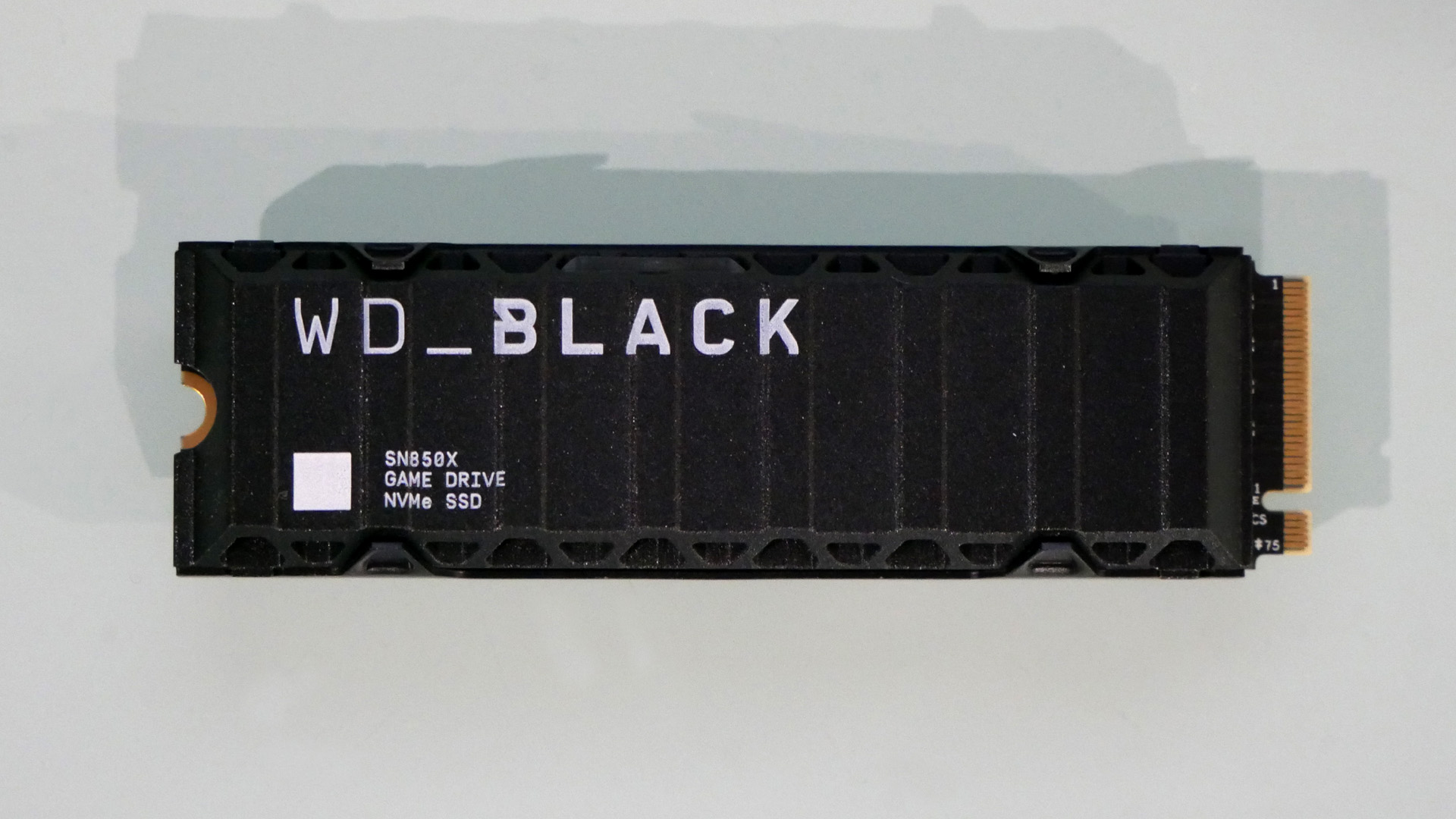
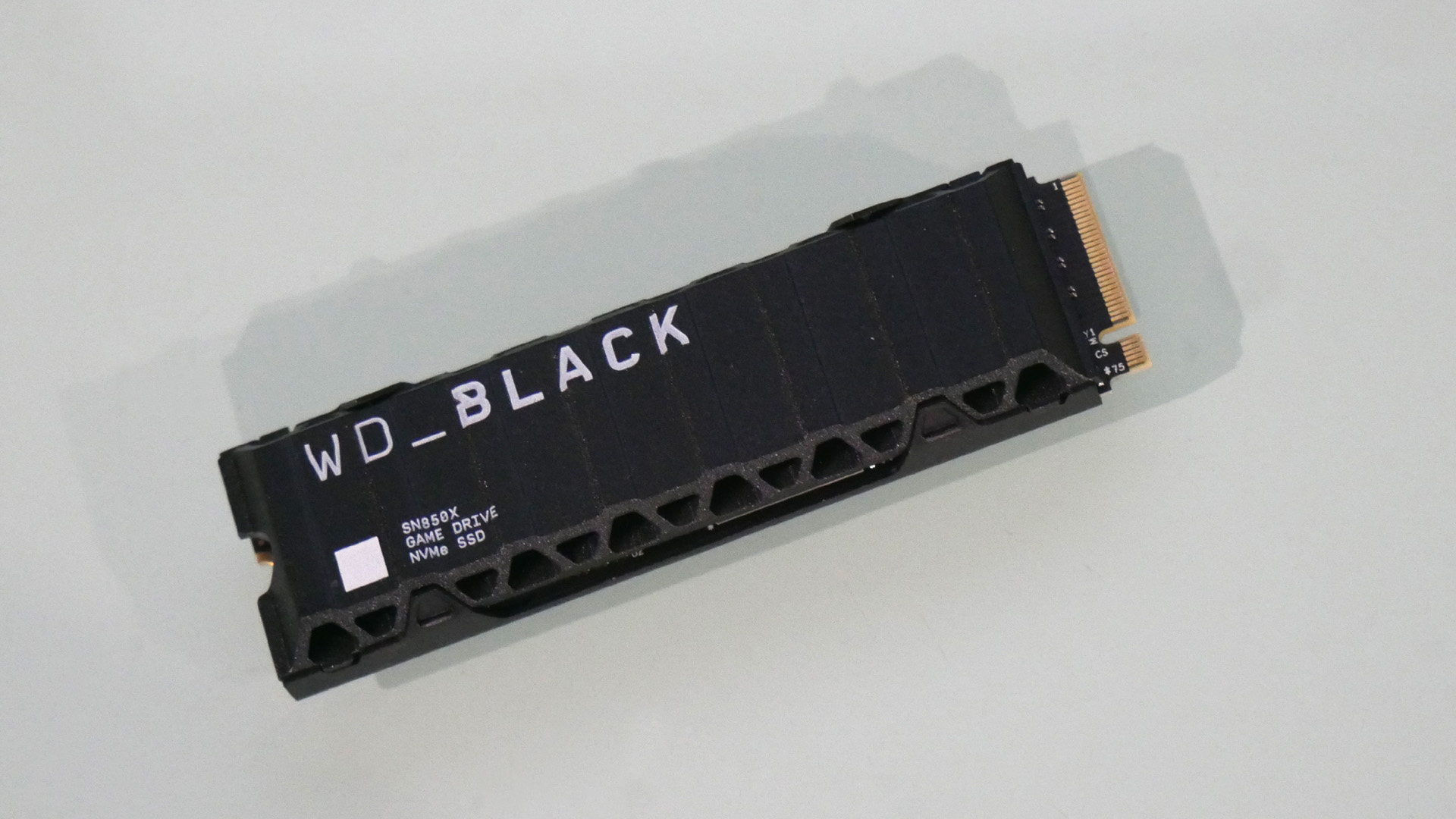
All of which means that the new WD Black SN850X isn’t exactly a revolutionary leap forward. Indeed, in the real world, you’ll struggle to notice the difference compared to the existing SN850 drive. But then that’s because the SN850 is a very good SSD. The one exception to that is operating temperatures. Happily, this new X model runs unambiguously cooler.
For most PC applications, that probably doesn’t matter. But for small form factor rigs and perhaps a gaming laptop, every little can certainly help. On that note, for most applications, we’d probably go for the cheaper bare drive rather than this more expensive model with its heat spreader. The revised SN850X is inherently a cooler-running thing, after all.
WD’s Black SN850 was already one of our favourite M.2 SSDs. This new WD Black SN850X isn’t a revolutionary step forward by most measures. It’s even a little disappointing when it comes to 4K random access performance. But it is all the PCIe Gen 4 SSD you’re ever likely to need and it does solve the old SN850’s one slight flaw, namely toasty operating temperatures.

Jeremy has been writing about technology and PCs since the 90nm Netburst era (Google it!) and enjoys nothing more than a serious dissertation on the finer points of monitor input lag and overshoot followed by a forensic examination of advanced lithography. Or maybe he just likes machines that go “ping!” He also has a thing for tennis and cars.
